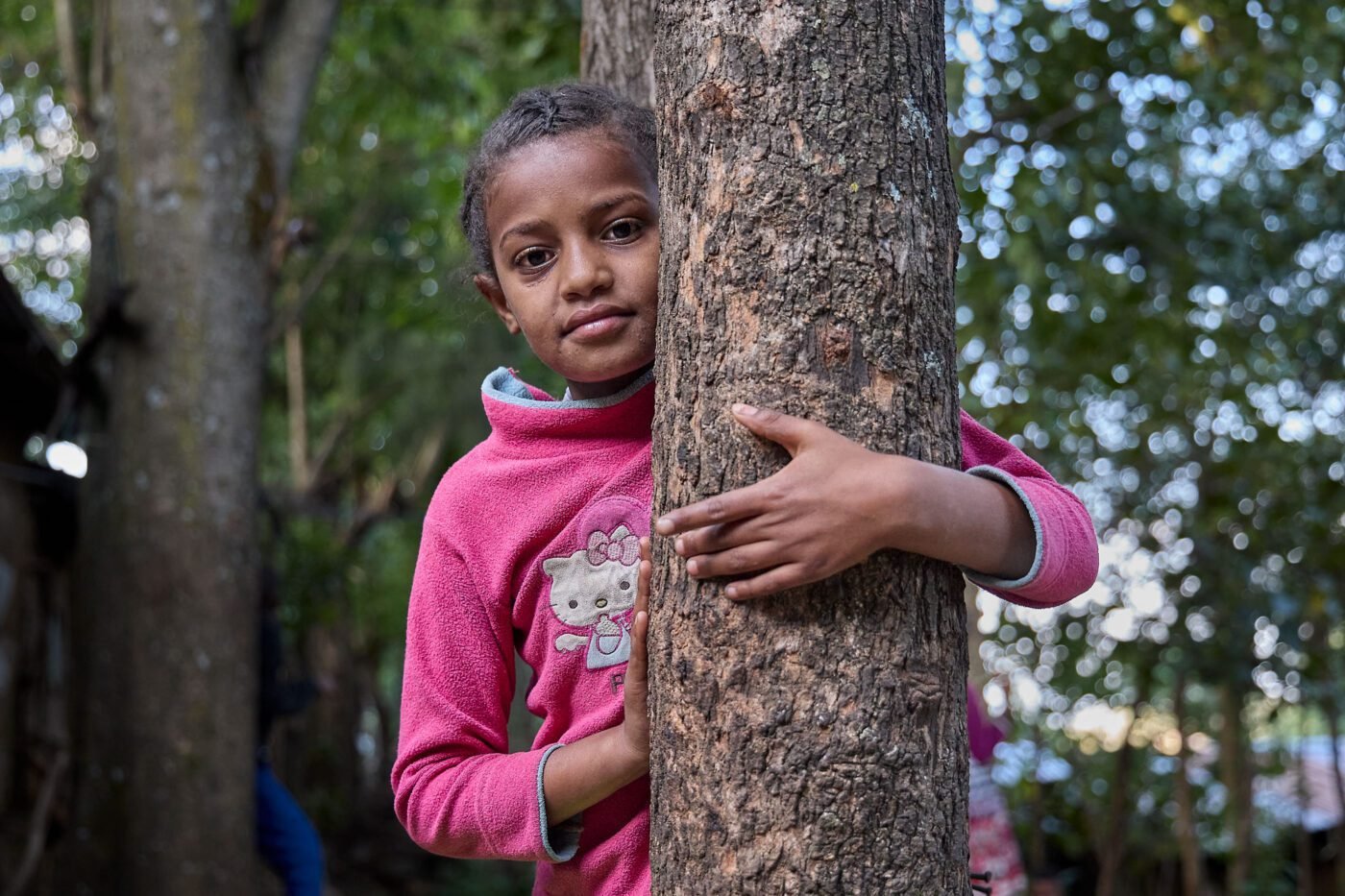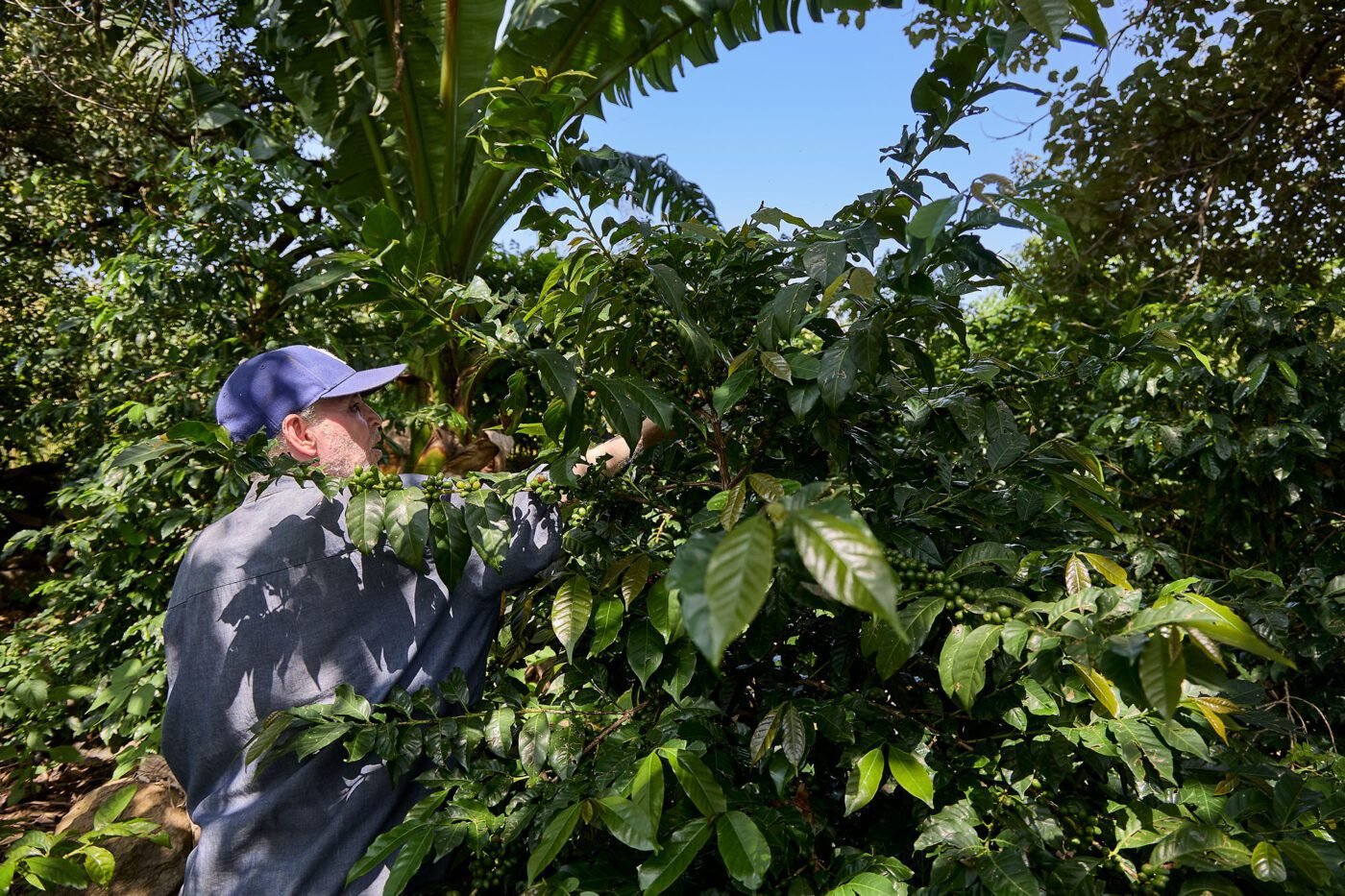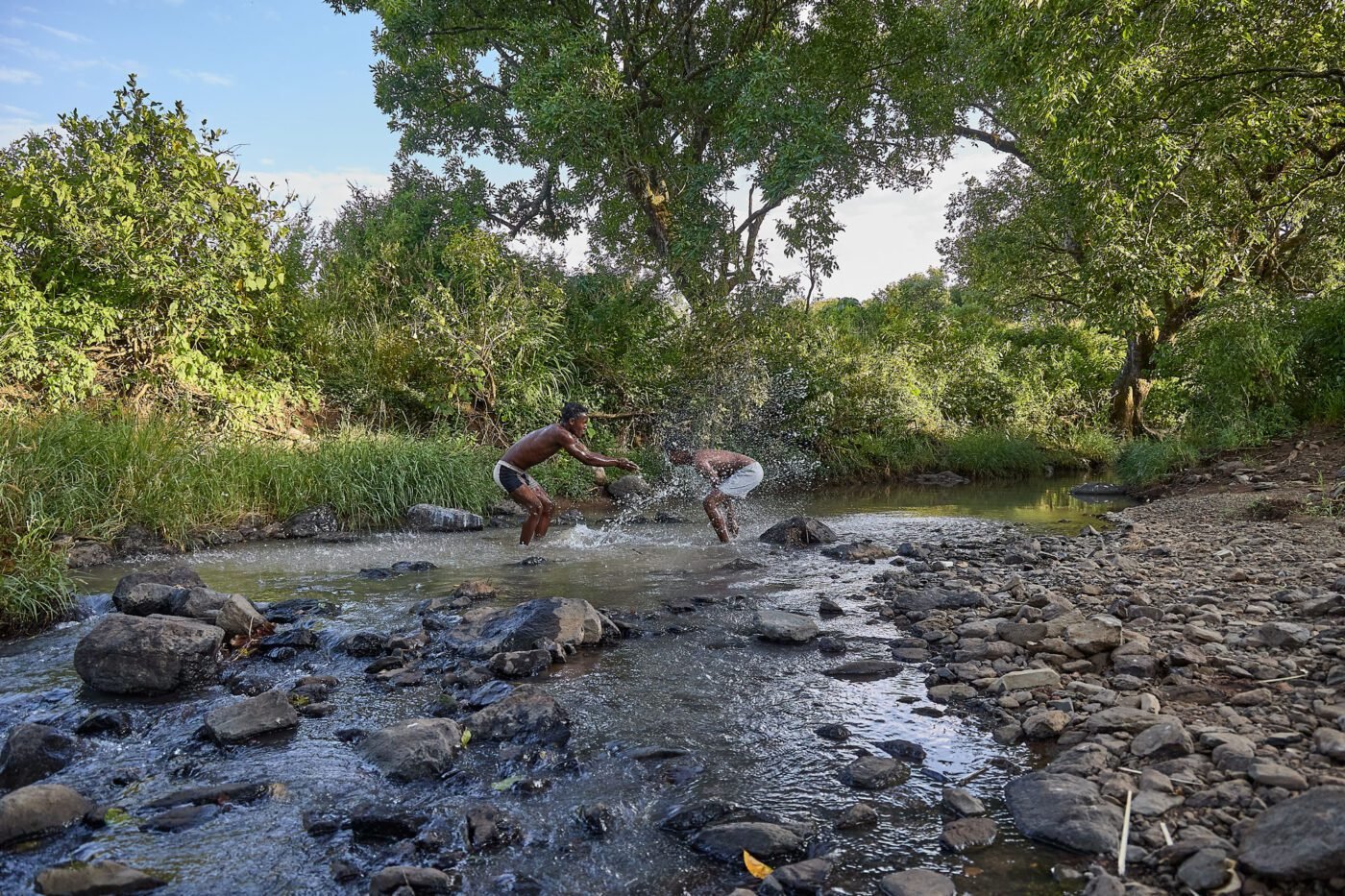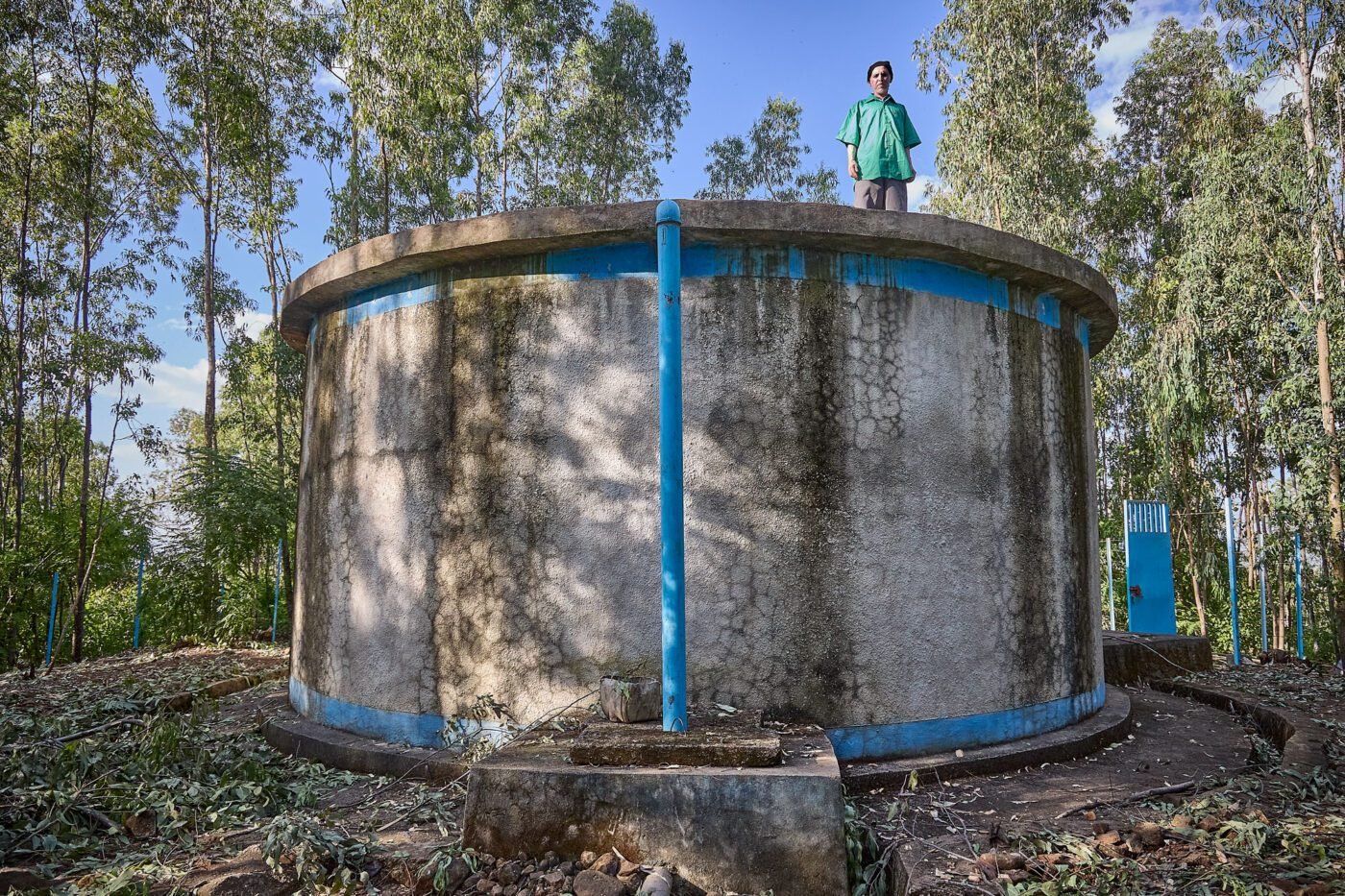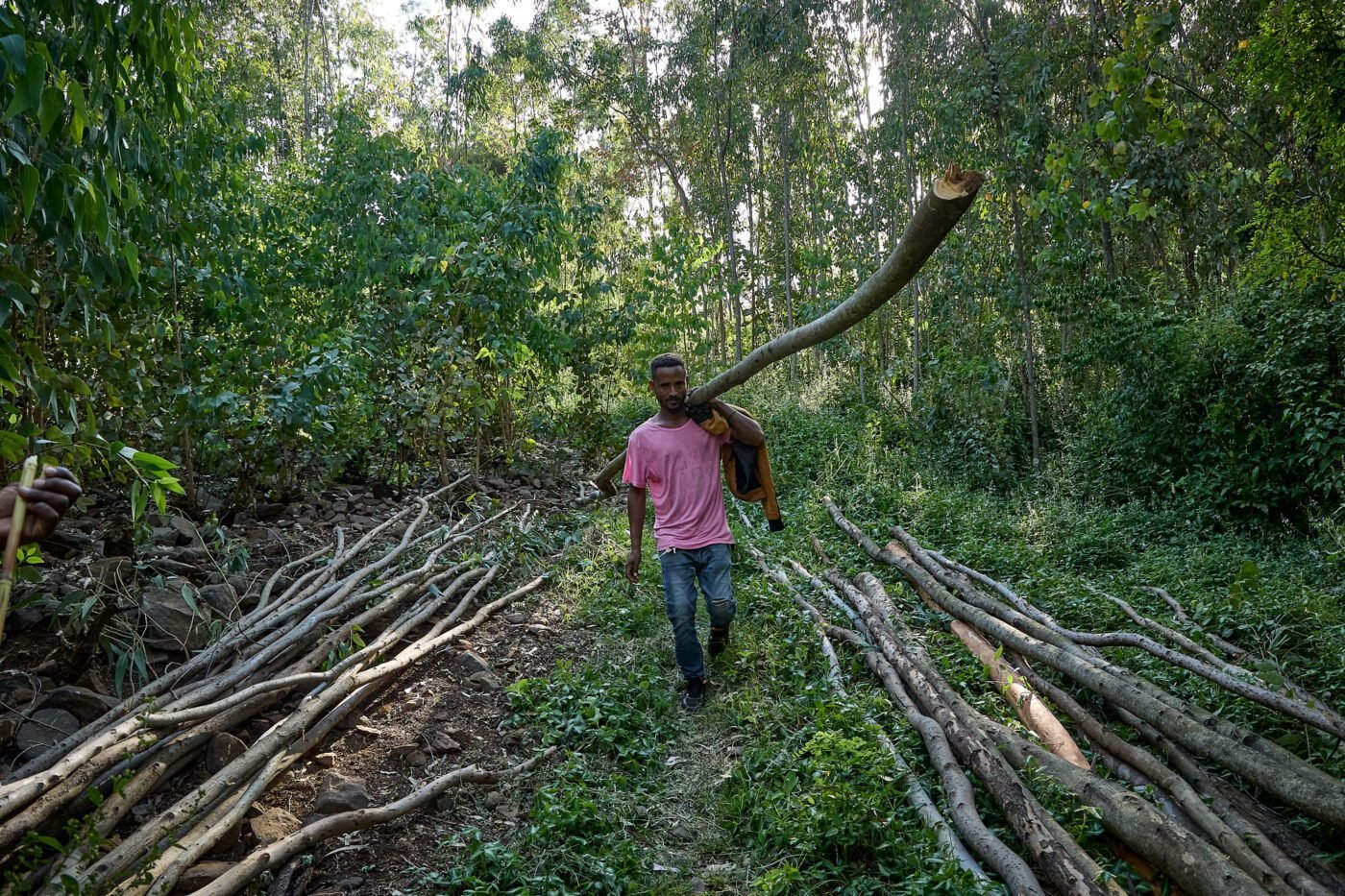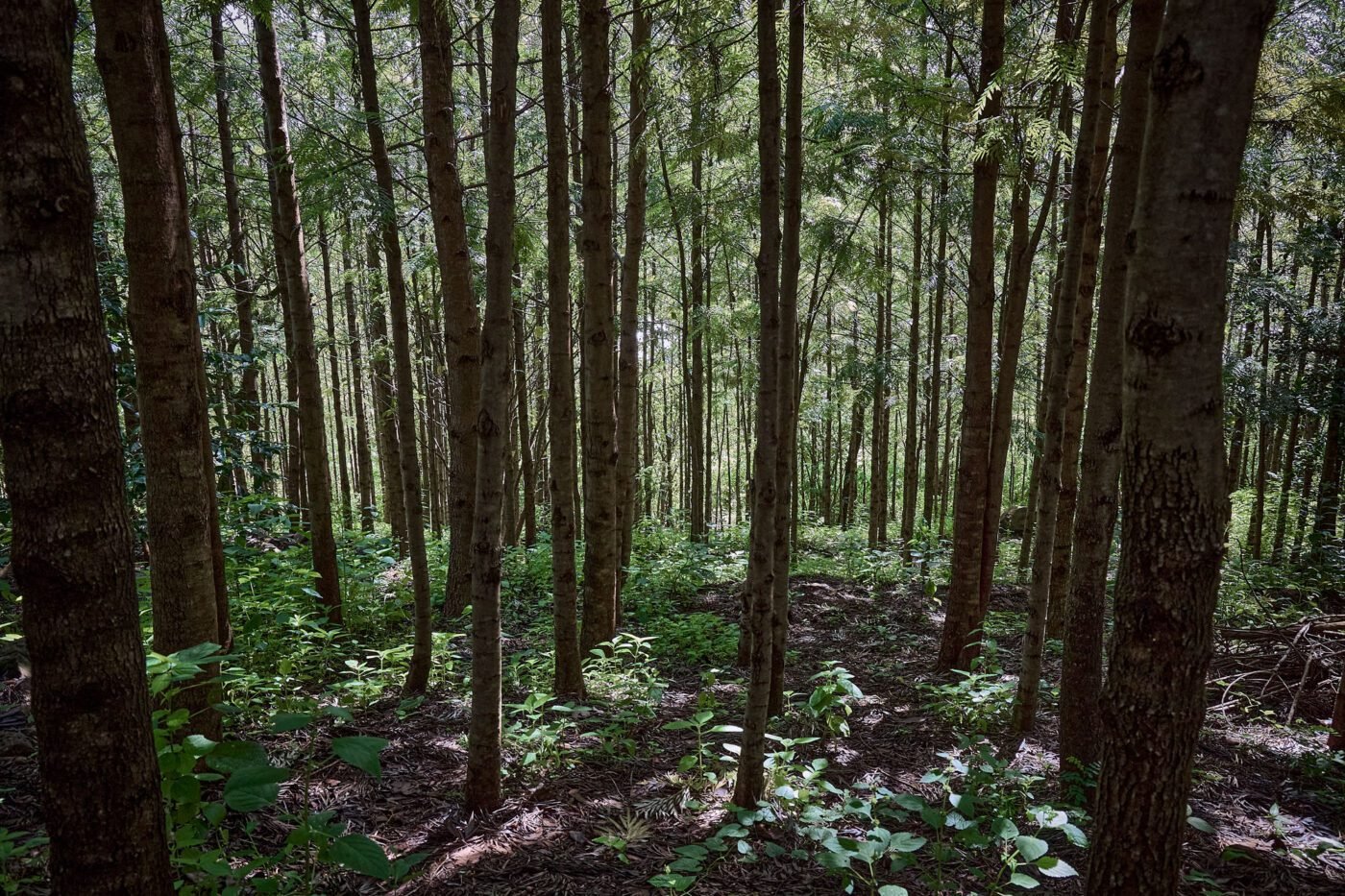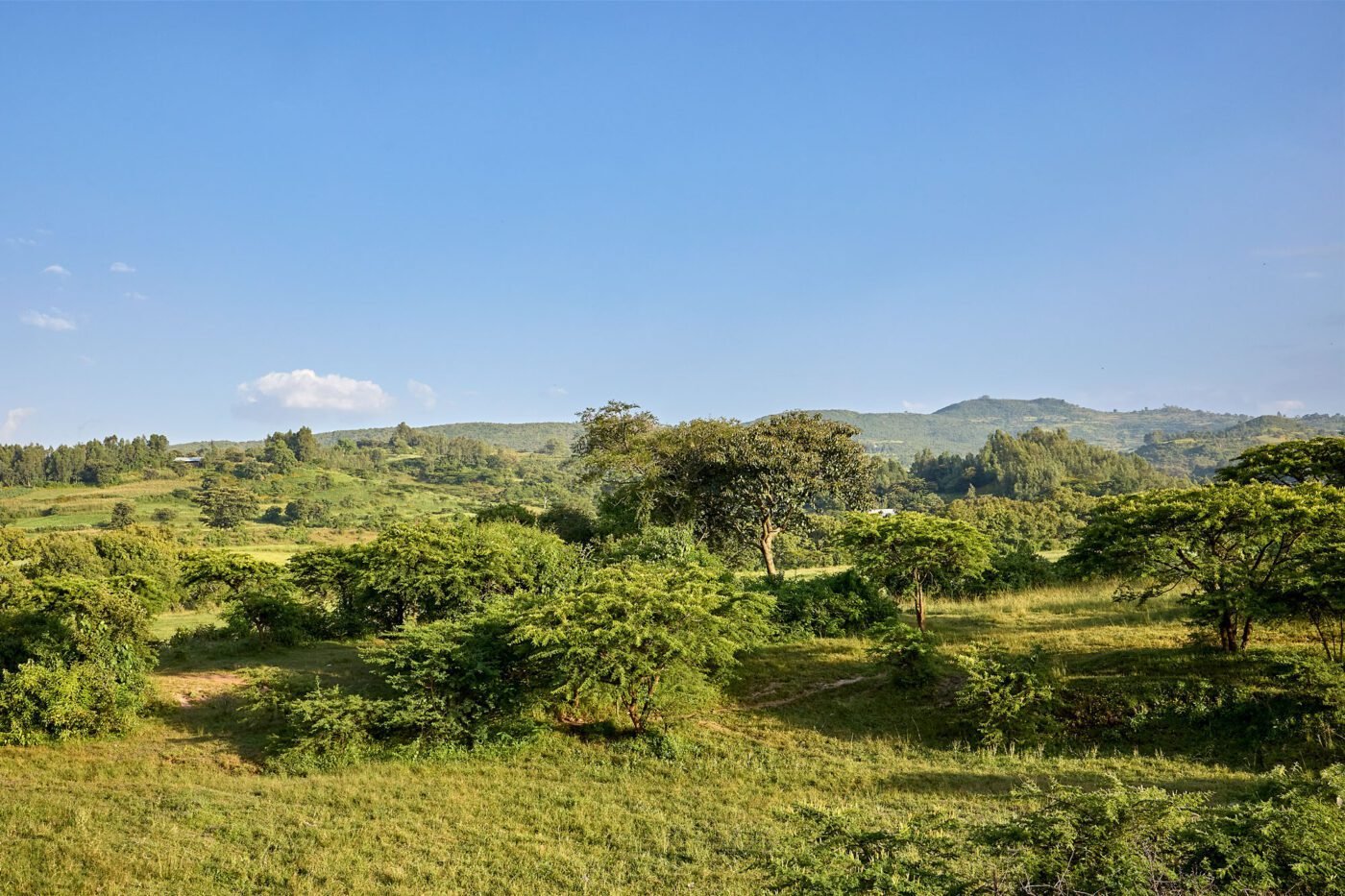Awra Amba Community prioritizes a holistic and integrated approach to sustainability, recognizing the interconnectedness of social, economic, and environmental factors.
We consider Awra Amba as an eco-sustainable village: our community and settlement are designed and operated with a strong emphasis on environmental sustainability and ecological responsibility.
This aspect goes hand in hand with the social sustainability of the village: consideration of social aspects such as community well-being, equitable access to resources, and social cohesion, ensuring that sustainability efforts benefit all members of the community.
The goal of our village is to minimize its impact on the environment while promoting a balanced and harmonious coexistence with nature.
Awra Amba incorporates various practices and principles to achieve sustainability in areas such as energy, water, waste management, agriculture, and construction…
Renewable energy:
integration of renewable energy sources like solar power to meet energy needs while minimizing reliance on fossil fuels.
Green building practices:
use of eco-friendly construction materials, energy-efficient design, and sustainable architecture to reduce the environmental footprint of buildings.
Water conservation:
implementation of water-saving technologies, rainwater harvesting, and efficient water management practices to conserve water resources.
Waste reduction and recycling:
emphasis on waste reduction, recycling, and composting to minimize the generation of waste and promote a circular economy.
Sustainable agriculture:
adoption of organic farming methods, permaculture, and agroecological practices that promote soil health, biodiversity, and sustainable food production.
Community engagement:
active involvement of the community in decision-making processes, education, and awareness campaigns to foster a sense of environmental responsibility among residents.
Transportation:
promotion of eco-friendly transportation options such as walking, cycling, and car-sharing.
Biodiversity conservation:
efforts to preserve and enhance local biodiversity through the protection of natural habitats and the promotion of native plant and animal species.
Local economy:
support for local businesses and the development of a sustainable local economy, reducing dependence on external resources.

A practical example: energy saving cooking
A practical example of our concern for the environment and how we strive to innovate while respecting local traditions is our energy-saving stove. Each home in the community has its own fuel-efficient stove, designed by Zumra himself.
Below he describes why and how he designed the fuel-efficient stove:
«Our parents’ generation used to cook on the floor over an open fire. When the wind blew into the fire, it reduced the heat energy produced by the flame. To maximize the heat energy of the flame, a lot of firewood was needed.
This resulted in a lot of smoke polluting the inside of the house; the open fire endangered children and other family members; the smoke became a health hazard for people; the ash produced during cooking spread and soiled the floor; the use of a large amount of firewood can lead to deforestation.
To solve these problems, I thought about making a raised platform on the floor and placing the stove on it. First, I built the platform out of wood, mud, and stone.
Next, I used mud to build the stove on top of the platform, leaving a hole for firewood. Then I tested it by cooking injera, but the smoke came out of the stove through the hole left for the firewood and spread all over the house.
Faced with this problem, I thought some more and came up with the idea of building a chimney to take the smoke out of the house. As I continued to cook injera, the stove gradually started to burn. To solve this problem, I continued to search for a solution.
I found out that once wood burns and produces ash, it does not burn again. So I tried to make a stove by mixing ash with water. This time I had another problem: the ashes did not stick together.
Finally, I tried to make the stove by mixing three parts ash and one part soil and then adding water to the mixture. This mixture of ash, soil and water was the best solution to make the fuel-saving stove.
This fuel-efficient stove is perfect for cooking. On this stove, cooking wat (sauce) and making injera can be done either at the same time or separately.
The chimney releases the smoke from the injera pan and the wat stove through pipes that lead into a single chimney. There is a small hole where the two pipes meet. Most of the time it is kept closed.
The advantages of the hole are: it is possible to put a metal vessel on it to heat the water during cooking; opening the hole helps to heat the room during the cold season; it serves as a gate to clean the soot when the soot blocks the chimney.
As technology advances, our way of building and maintaining houses will also change. At present, all the houses are made of wood, mud and corrugated iron, and the kitchens are built separately from the main house. Each kitchen has a fuel-efficient stove. Who knows how our houses will change in the future?»

